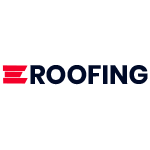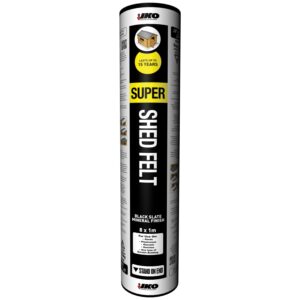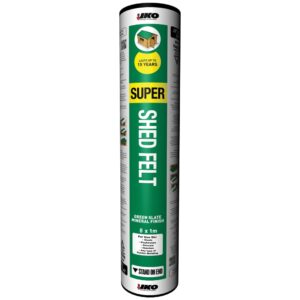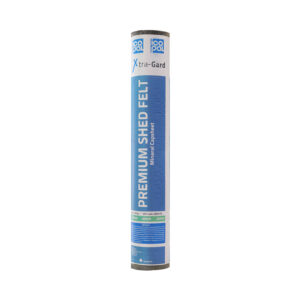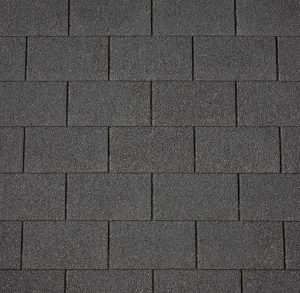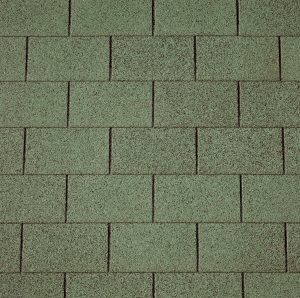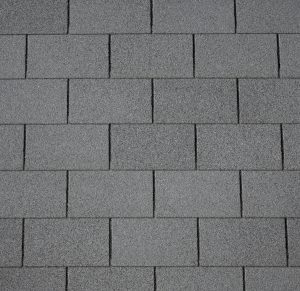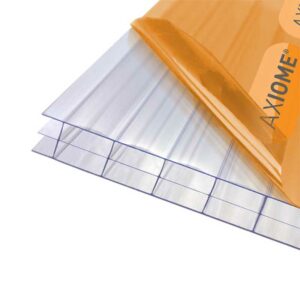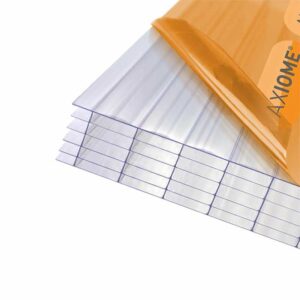Sheds have become a necessity for most family homes in the United Kingdom. They hold tools, pots, plant seeds, and sometimes our unwanted garbage. While everything in the shed might not be essential, keeping what’s in it protected from rain and mould is still important. This is where choosing a shed roof covering comes into place. This short guide will look at ways you can cover your shed roof.
Using traditional shed felt
Shed felt is relatively easy to install and, more importantly, a safe choice regarding appearance. Typical felt comes in various colours, including green and black and thus suits most home aesthetics. More importantly, the product is cost-effective, meaning you don’t need to splash out and save a penny for other home enhancements. Ultimately, as mentioned previously, it can be installed with easy, especially if you’re an enthusiastic DIYer. However, if you have no idea where to begin or are worried about installing it yourself, you should hire a professional roofer.
Using shingles for looks
Shingles are a viable alternative to felt when it comes to sheds. They are an option for those looking to bring a more dynamic look to their garden with a tile-like appearance. Our range of shingles come in rectangle and hexagonal shape. In addition, they come in black, grey, green, brown and red, giving you a vast range of colour options. Unlike shed felt, shingles come in strips, so installation is slightly different. However, like shed felt can be achieved by an experienced DIYer.
Opting in for a polycarbonate roof
Generally, polycarbonate sheets are used for projects like carports and conservatories. However, they can also be used for a specific type of shed, especially if you’re using it like a greenhouse or a tool shed. There are many great benefits to using polycarbonate as a covering, including excellent fire rating, UV stabilisation, good thermal insulation and high weather resistance.
